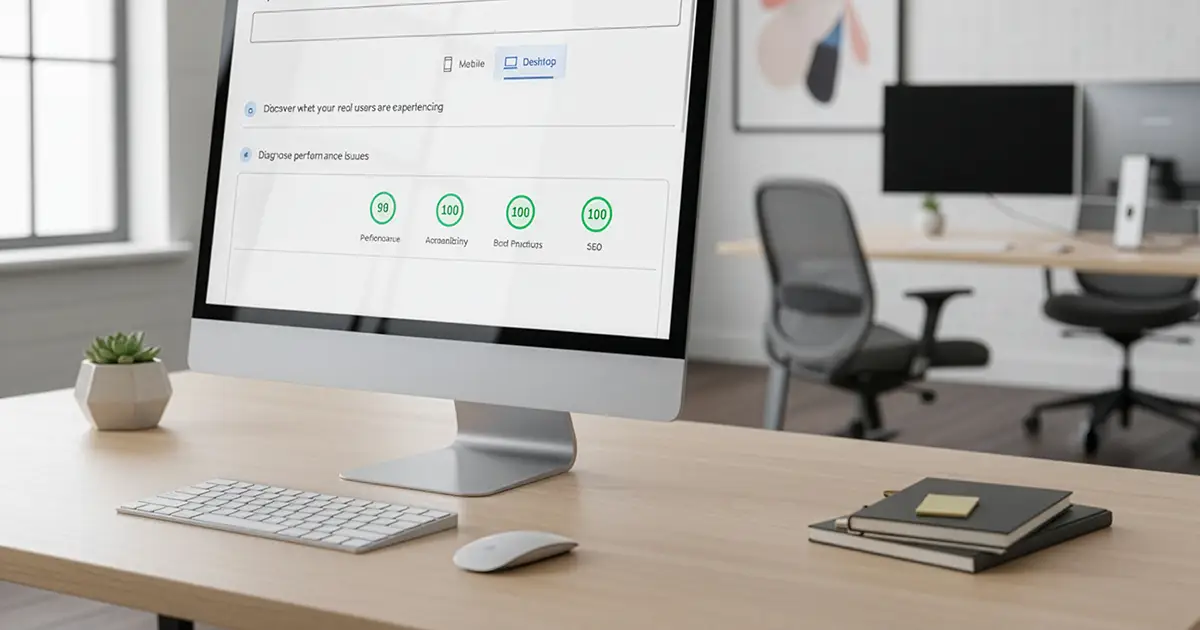Sorry you crashed during Black Week! We did too once (or twice). And we fixed it.

Black Friday, or rather Black Week, is obviously eCommerce's most important event of the year. I hope you made it through ok!
Unfortunately, for most eCommerce managers and CTOs, it's as far as you can come from a stress-free week. Why? Because a weak technical setup will cause crashes. Some brands try to play it off as proof of their popularity, but crashes mean downtime and, in turn, lost revenue and customers. It's never a good thing. And being in the middle of it, frantically trying to get systems up and running again, is eCommerce's version of hell.
I know. I've been there, more than once.

In an earlier life, I was the CTO at Daniel Wellington, a hyper-growth company selling to all corners of the world. So naturally, the tech stack was my responsibility. My team and I had to work with what was available back then, and we prepared the best we could for various campaigns. We tinkered and tailored, allocating massive infrastructure capacity and monitoring (which generated increased cost) in preparation. But, sometimes, even that wasn't enough.
Singles Day is, without a doubt, the most critical eCommerce event in China. For our first one, we thought we were prepared. We were not.
When thousands of consumers simultaneously hit the buy button, no tech stack available at the time could withstand the pressure. As a result, every monitoring system we had active went blank. For a second, we thought Europe had lost its connection to Asia. A bit self-centered and maybe ignorant to think the global internet backbone would fail before our systems would. But it turned out the monolithic eCommerce platform we were using had crashed. It managed to register 291 orders in the database during 30 seconds before it crashed.
The campaign failed. Miserably.
We realized we had to take a step back and figure out what to do since we already had evaluated every relevant platform. We had to find new technology to help us build something that didn’t exist yet. We didn't know it, but it was there and then my co-founders and I started planning and building what was to become Brink Commerce API.
We built it based on lessons we learned the hard way:
Lesson 1: Understand your customers
This is key; you must know what drives and motivates them to anticipate their actions. For example, are they willing to stand in line for something (please don't add a queueing system!), or does exclusivity trigger them? Where are they? When do they shop? And so on. Based on this, you can optimize your capacity.
Lesson 2: Build to scale. Not just in theory but in practice.
It goes without saying; if your infrastructure can scale automatically, you will feel less stress. So we built Brink Commerce API on serverless infrastructure, which enables us to scale up within milliseconds. For example, one of our customers previously experienced crashes every time they did a major product drop. Now, they sell thousands of products within the first seconds and minutes. Yet, they haven't crashed once since they switched to us (knock on wood!). This is just one real-world example.
Lesson 3: Leverage multiple composable providers instead of relying on just one
But no chain is stronger than its weakest link. Brink Commerce API is just one of the vital components in an eCommerce operation. To avoid crashing, you need all the players on the field to be world-class. So, my advice is to stay away from do-it-all platforms. They have all the functions available, but no individual part is optimized or cutting-edge. It's too expensive or difficult to achieve. They're also often built using legacy technology.
Instead, create your own ecosystem with best-of-breed options. There's a reason why something is seen as the best. It's usually built to handle one thing only - and do it exceptionally well. So while building Brink Commerce API, we realized we wanted to avoid creating a monolith that would handle everything. Instead, we wanted to enable our customers to use whatever components that were best for them, together with Brink Commerce API.
Since no chain is stronger than its weakest link is true, our philosophy is to enable customers to switch the weakest link to something stronger continuously.
Lesson 4: Be close to customers
Geographical distance matters more than you think. If your customers are in the USA, set up a presence there, and make sure your PSP does too. When the volume is high, small increases in load times will compound over time, causing increased wait times and, eventually, a crash. So we ensured that Brink Commerce API could run in parallel in several data centers across the globe.
Lesson 5: Build sustainable
Sustainability, as in good for the planet, was obviously essential to us when we started building. It still is. But we also wanted to create something sustainable for the wallet AND your business' future. Future-proofing the eCommerce operation is crucial to handle coming campaigns, not to mention constantly changing consumer behavior and upcoming trends. With a Composable Commerce approach, you will be ready for the following Black Friday. And the next ones after that.
Having built it this way, I'm happy to report that we haven't had even a second of downtime since we first launched Brink Commerce API (again, knock on wood!). Take a look at our status page to see for yourself. And get in touch if you want to know more.
Now, on to the holiday shopping season. Best of luck!
/Kristian Tysander
Want to know more about modern commerce?
Get in touch with us to get the discussion started?
Get in touch










